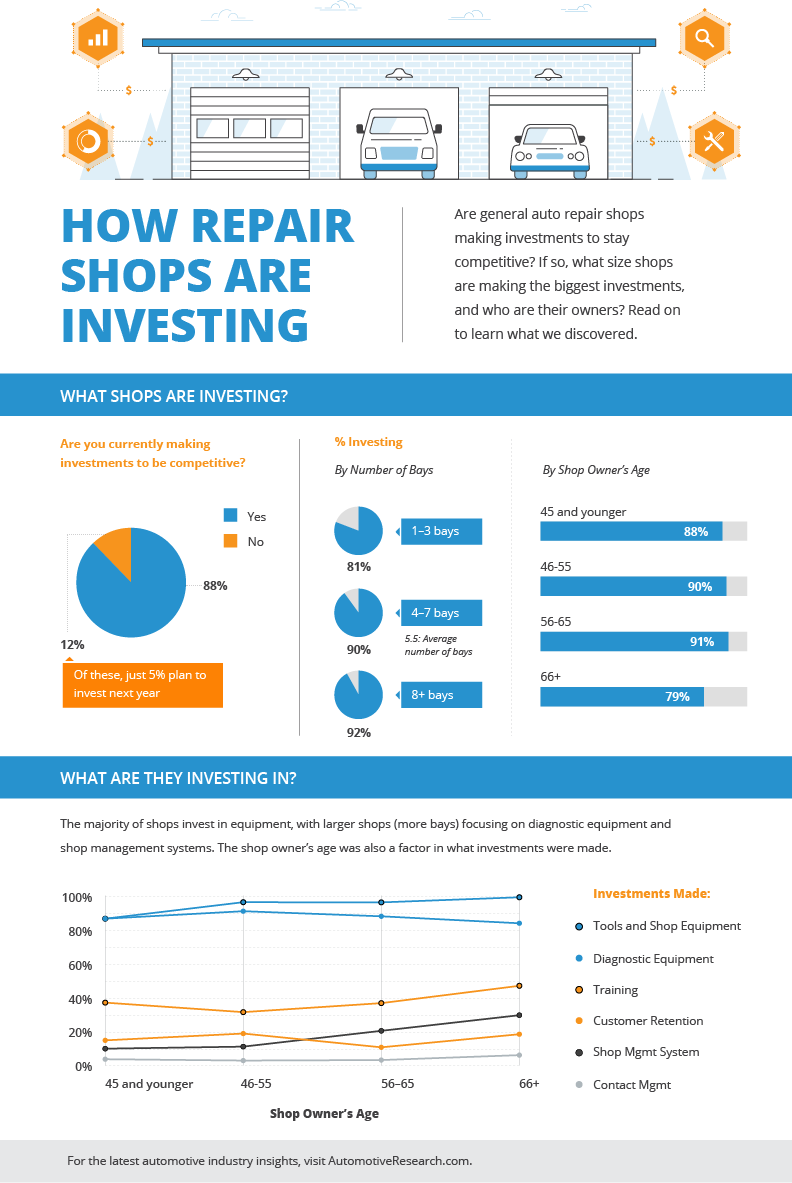When you're behind the wheel, those glowing caution lights on your control panel can be a bit difficult. Do you know what they're trying to tell you regarding your vehicle's health and wellness? Comprehending the relevance of these lights is vital for your safety and the durability of your car. So, the following time one of those lights pops up, wouldn't you intend to understand its message accurately and take the essential steps to resolve it?
Common Warning Lights and Interpretations
Recognize typical warning lights in your automobile and understand their significances to make sure safe driving.
One of the most common caution lights include the check engine light, which signals problems with the engine or emissions system. If this light begins, it's crucial to have your vehicle inspected without delay.
The oil pressure advising light shows low oil pressure, needing immediate interest to prevent engine damage.
A flashing battery light could suggest a defective billing system, possibly leaving you stranded otherwise resolved.
The tire pressure surveillance system (TPMS) light alerts you to low tire stress, influencing lorry stability and gas efficiency. Overlooking this might result in unsafe driving conditions.
The abdominal light suggests a problem with the anti-lock stopping system, compromising your capability to stop swiftly in emergencies.
Finally, the coolant temperature level alerting light warns of engine overheating, which can result in severe damage if not fixed quickly.
Recognizing these common caution lights will aid you resolve problems quickly and maintain safe driving conditions.
Relevance of Prompt Focus
Comprehending the usual warning lights in your vehicle is only the very first step; the importance of promptly attending to these cautions can't be stressed enough to ensure your security when traveling.
When a warning light brightens on your control panel, it's your vehicle's method of connecting a potential issue that requires attention. Neglecting these warnings can result in a lot more serious issues later on, jeopardizing your safety and possibly costing you extra out of commission.
try this web-site to warning lights can stop breakdowns and crashes. For example, a flashing check engine light can suggest a misfire that, if left neglected, can trigger damages to the catalytic converter. Resolving this immediately can conserve you from a pricey repair.
Similarly, nzdetailing alerting light might signal low brake liquid or used brake pads, vital elements for your safety and security when driving.
Do It Yourself Troubleshooting Tips
If you see a caution light on your control panel, there are a couple of DIY repairing pointers you can try prior to looking for specialist assistance.
The very first step is to consult your automobile's guidebook to understand what the specific warning light indicates. Often the problem can be as straightforward as a loosened gas cap causing the check engine light. Tightening the gas cap might solve the trouble.
One more typical concern is a low battery, which can activate numerous advising lights. Inspecting the battery connections for rust and guaranteeing they're safe and secure may take care of the issue.
If a caution light continues, you can attempt resetting it by disconnecting the cars and truck's battery for a few minutes and after that reconnecting it. Furthermore, inspecting your vehicle's liquid degrees, such as oil, coolant, and brake fluid, can assist repair advising lights associated with these systems.
Conclusion
Finally, comprehending your automobile's caution lights is necessary for keeping your car running smoothly and safely. By without delay resolving these notifies and knowing what they indicate, you can stay clear of costly repair work and possible breakdowns.
Remember to consult your cars and truck's guidebook for certain details on each warning light and do something about it as necessary to ensure a hassle-free driving experience.
Keep notified, stay secure when driving!
